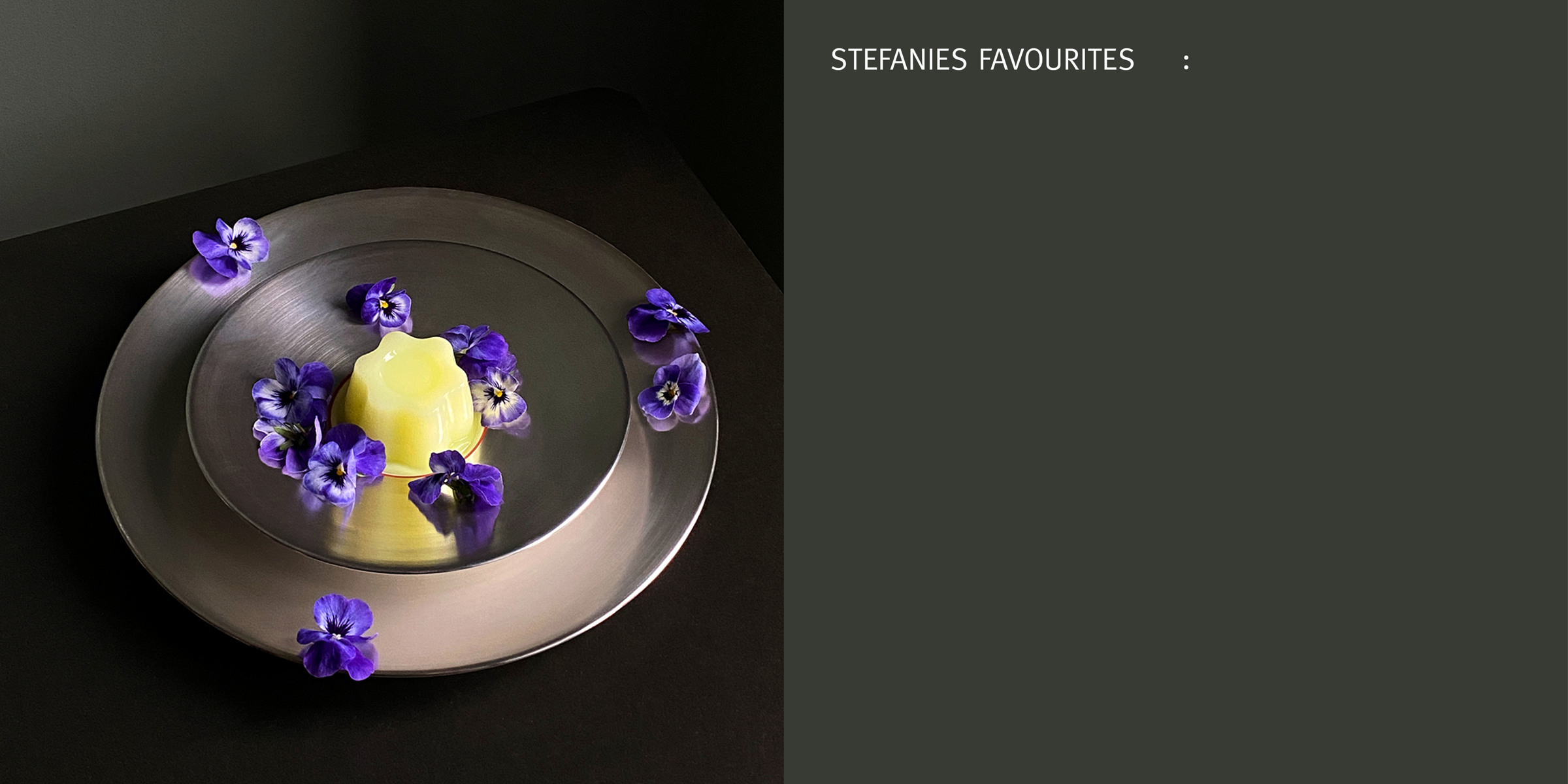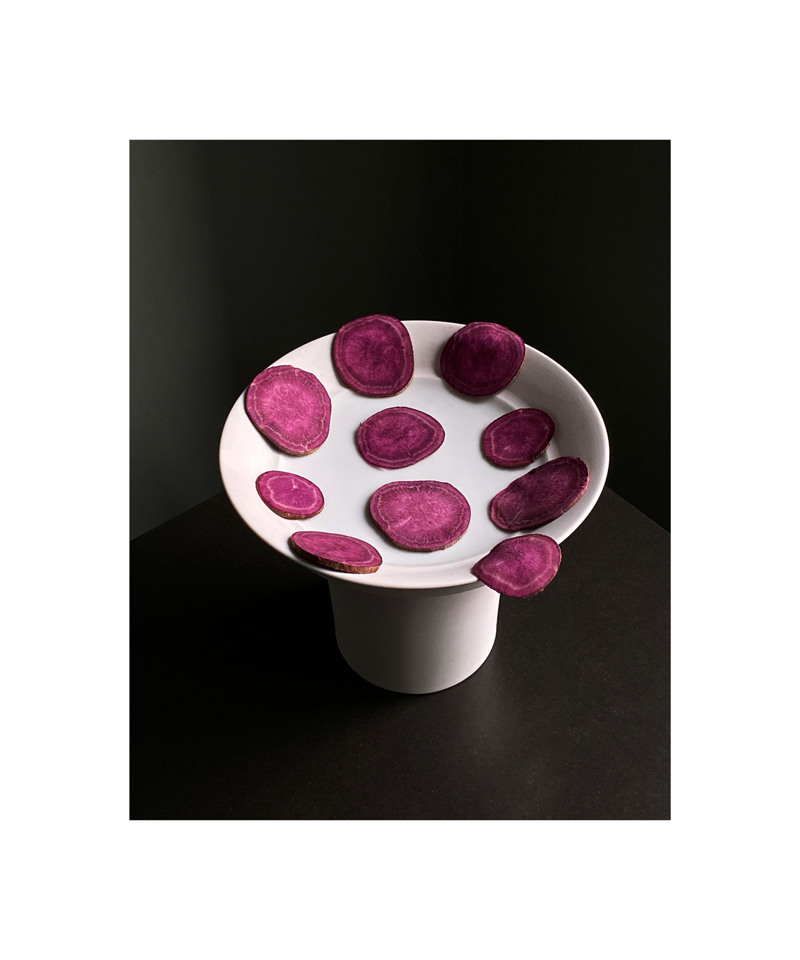Introducing: Stefanie’s Favourites
With "Stefanie Herings Favourites", the Berlin designer presents a series of specially curated table settings that could not be more surprising. They provide a deep insight into the internationally renowned designer's personal sense of style, her creativity, and also into places to which Hering feels particularly attached. At the same time, they impressively demonstrate how quickly and easily new worlds of style can be developed with just a few elements. The "Favourites" show how international table culture has become and how directly people of the most diverse nationalities and cultures can be addressed by a table setting.
"Aspen" was designed by her as a dinner combination and, with just a few elements, unfolds a mountain panorama like that found at the foot of the Rocky Mountains: with deep forests, dark fragrant earth, clear air and diverse flora and fauna. The basis of this setting is the Hering Berlin Collection "Emerald" with funds in a rich glaze shimmering in many dark shades of green. These are joined by plates and vessels from the "Piqueur" series, which was created in collaboration with star chef Harald Rüssel: in grey-on-grey drawings, they show animals and plants of the forest, from capercaillie to deer, from fir shoots to twigs with acorns. Elements of the "Obsidian" collection with a deep black background act as a unifying bracket for this setting. Glasses from the Hering Berlin "Domain" series in fine smoky grey with a delicately faceted surface round off "Aspen" perfectly.
The "Kyoto" tea set makes subtle reference to the minimalist table culture of Japan, which values precious materials and the highest craftsmanship. Stefanie Hering chose the most purist of her collections as the basis for this: "Velvet". The pure white objects rely exclusively on the contrast of finely glazed surfaces and matt, almost velvety biscuit porcelain that has been sanded by hand. “Velvet” is complemented by elements from the most sophisticated series in the Hering Berlin cosmos: "Cielo".
Holes are drilled by hand into the still unfired porcelain, testing the stability of the raw material to its limits. The third component is not only stylistically linked to the area around the old Japanese imperial city: Stefanie Hering's "Polite Silver" collection with its large surfaces of hand-applied and polished silver is directly inspired by ceramic objects from this region: The use of silver in combination with iron-red décors looks back on a centuries-old tradition here. Not only the design language, for example of the monolithic teapot, but also the selection of vessels included in the set are a nod to Japanese tea culture.









